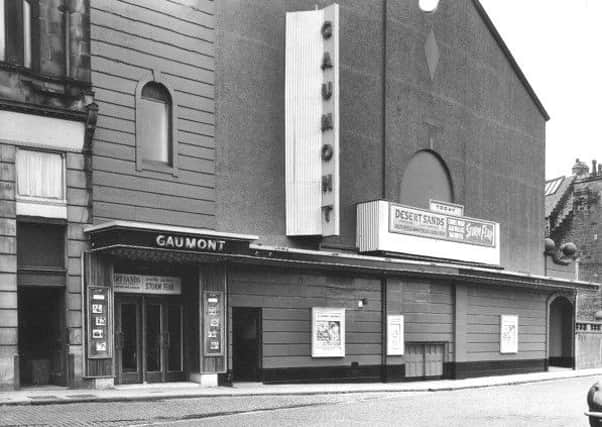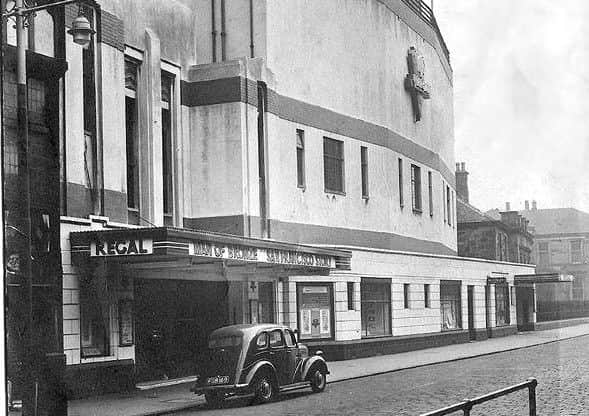Bairns had a big choice for a night at the '˜flicks'


In the drab post war 1950s nothing brightened up the week like an escape to the Wild West or the jungle in one of the picture palaces which had first appeared in the early years of the century.
Queen Victoria was still on the throne when Falkirk bairns had their first taste of moving pictures in the old Town Hall in Newmarket Street.
Advertisement
Hide AdAdvertisement
Hide AdThese ‘film demonstrations’ were soon followed by a number of ventures including the short lived Hippodrome in Hope Street in 1909. Then a year later the old Erskine Church in Silver Row opened as the Electric Theatre (later the Roxy) showing films as well as offering live music hall.


In 1911 the ‘Picturedrome’ in Melville Street arrived and by the 1920s had adopted its more familiar name, the ‘Cinema’. This former Baptist Church known as the ‘Tin Kirk’ was made of galvanized iron with a corrugated iron roof which made it impossible to hear the soundtrack when it rained! It closed in 1960 and the whole building was moved to the borders for use as a farmer’s barn. The space eventually became the beer garden of Behind the Wall.
In 1914 the town’s first purpose-built cinema opened in Newmarket Street opposite Aitken’s Brewery, now ASDA. This was the Pavilion, called the ‘Pivvie’ for short, which later changed its name to the Gaumont and finally the Odeon.
The Saturday morning children’s shows were the highlight with games and prizes as well as cliff-hanger short features which left us in suspense for a week.
Advertisement
Hide AdAdvertisement
Hide AdYet another church to be pressed into use was the former St Modan’s in Bank Street which became ‘The Picture House’ in 1920. Its main claim to fame was that it showed Falkirk’s first ‘talkie’, the Jazz Singer with Al Jolson in 1927.


Known to everyone as simply ‘The Bank Street’ it was a bit more down-market, showing films on their second or third appearance in the town. Certainly much inferior to the Salon Photo Playhouse and Tea Room (1921) on the corner of Vicar Street and Newmarket Street.
This ‘palace’ had rich gold, black and white decor and blue upholstered seating including the famous double seats in the back row for courting couples!
So by the 1950s we had the Pavilion, the Salon, the Cinema, the Bank Street and the last and probably the finest of them all, the Regal which opened in 1934 when the Victorian Grand Theatre was converted into a ‘super cinema’ in the new Princes Street.
Advertisement
Hide AdAdvertisement
Hide AdIt was later renamed the ABC and finally in the 1980s, the Cannon. By then of course it was the last one standing.
TV had killed the ‘flicks’, or so it seemed at the time, and had ended the days of usherettes with torches, loud boos when the film jammed or the projectionist took too long to change the reel, choc ices sold by girls with lighted trays and young men emerging blinking from the darkness with girlfriends on their arms wondering what the picture had been all about.
Those were the days!